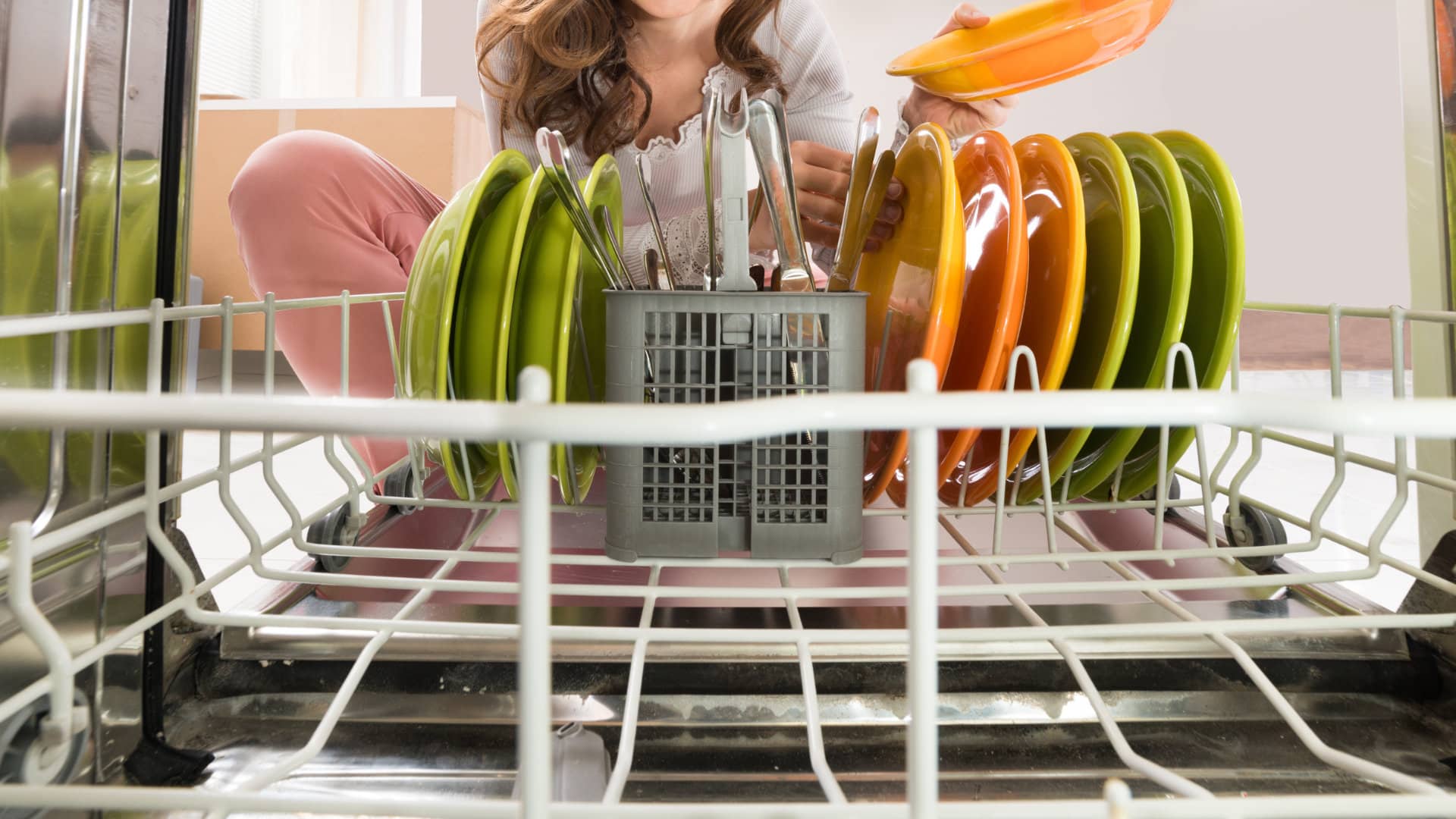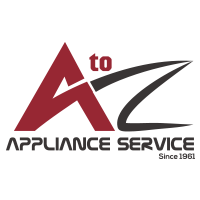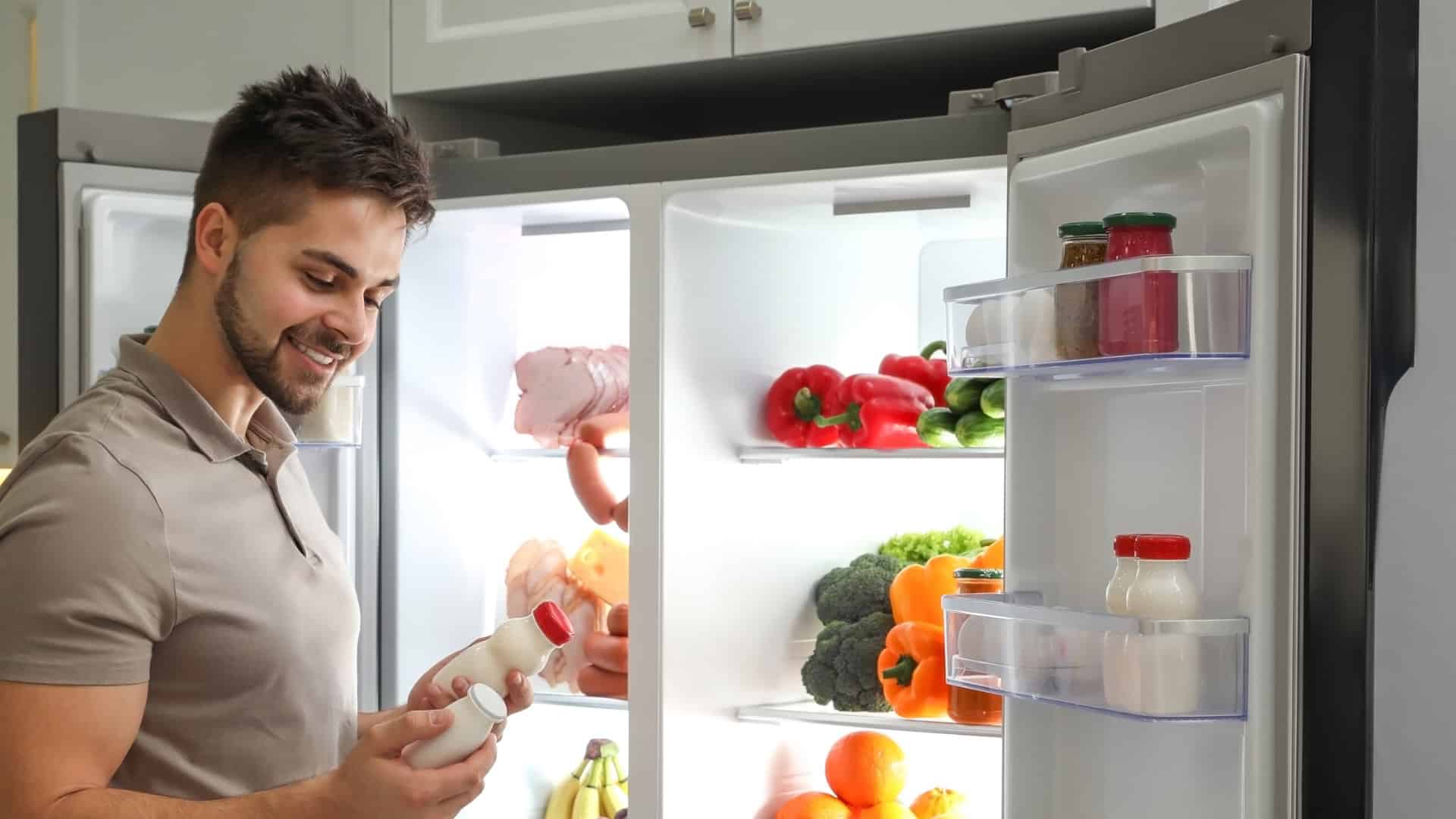
Your LG refrigerator is a crucial appliance that you rely on daily to keep your food fresh and drinks cold. So what happens when you encounter a 1F error code?
A 1F error code may be worrying, but it’s a simple problem with a few easy solutions. So, if you’re dealing with an LG refrigerator 1F error code, don’t worry—this guide will help you to identify the problem and solve it.
What does the 1F error mean?
The first step in fixing the LG refrigerator 1F error code is finding out what it means. The 1F error code means that there is ice or frost on the ice maker fan.
The ice maker fan in your freezer is the unsung hero of the ice-making process. Its job is to circulate the cold air from your freezer into the ice maker compartment.
When your refrigerator senses it’s time to make some more ice, the ice maker fan starts to spin. It’s all about keeping that temperature in the ice maker compartment just right so that the water pumped into the ice trays freezes quickly and efficiently, giving you perfect ice every time.
Ice can form on the fan for a few reasons. It can be caused by the temperature being too warm or too cold, the gasket being worn, the refrigerator being left open for too long, the vent being clogged, a leak in the water line, or a fault in the control board if there is no ice present on the fan.
Reset the control board
The very first step to solving the issue is to look in the freezer and see if there is any ice accumulation. If the freezer has no ice buildup, then the error may be with the control board.
The control board sends signals to the refrigerator’s component parts, so a faulty board could lead to incorrect temperature measurements, causing the fan to freeze over.
Try resetting the control board. You can do this by unplugging the refrigerator for 30 seconds and then plugging it back in. This will reset the control board and hopefully clear the issue.
If the issue persists and there is no ice buildup in the freezer, then the control board should be assessed and replaced or repaired by a professional appliance repair technician to avoid other complications.
Defrost the freezer
If there is a lot of ice, then you will need to defrost the freezer and allow the ice to melt. This is a simple but lengthy process.
The first step is to unplug the refrigerator and remove everything from the freezer. You can decant these items into another freezer if you have one, or a cooler if you don’t. You should also turn off the water and ice maker. From there, check if there is any ice or frost buildup covering the fan or blocking the vents. If there is, then you will need to wait.
Next, prop the freezer door open and place a towel at the bottom of the freezer compartment, then leave the freezer to defrost naturally. This process usually takes several hours. You can speed up the process by placing a bowl of warm water into the freezer and swapping it out periodically. You will also need to remove the larger chunks of ice as they come loose and change the towel as it soaks up the water.
When the freezer is free of the ice buildup, check the fan and test that it spins. Make sure the vents are clear and that the water line is not leaking. Finally, check that the freezer is set to the correct temperature.
You can do these steps while the freezer is defrosting.
Check the gasket
The next step is to inspect the gasket and provide a smooth seal between the freezer and refrigerator doors.
A faulty or worn gasket will enable cold air to escape, leading to incorrect temperatures in the freezer and refrigerator compartments and affecting how the ice maker functions.
Clean any dirt or debris to guarantee that the door closes freely without any resistance. If the gasket is loose or broken, it will need to be replaced.
Look for leaks
Sometimes, a water supply line leak causes the error code, leading to excess moisture inside the refrigerator and ice accumulating where it shouldn’t. Inspect any visible tubing for leaks and replace it if damaged.
Check the temperature
Finally, make sure your freezer is set to the correct temperature.
If the temperature is too cold, then it can freeze any moisture that comes in, which happens naturally as the ice maker runs and the freezer door is opened during normal use.
If the temperature is too warm, then the ice in the freezer can melt and then refreeze, creating uneven ice and potentially freezing components of the freezer and ice maker.
The optimal freezer temperature is 0°F (-18°C) to keep your food nicely frozen. To adjust the temperature, locate the thermostat, which is usually inside the fridge or freezer compartment.
Depending on your model, you may have a dial or digital controls. If it’s a dial, turn it until it points to the desired number (usually between 1 for warmest and 5 for coldest). If it’s digital, simply press the arrow keys until the display shows the correct temperature.
Remember, it can take up to 24 hours for the temperature to adjust fully, so be patient.
The LG 1F error code might seem like a big problem at first, but it’s typically fixable with a little effort and attention. By checking the temperature, gasket, vent airflow, water supply lines, and control board, you’ll be able to discover what is causing the problem and how to solve it.
By understanding these simple steps, you’ll save money and time by fixing the issue yourself rather than incurring the extra expense of calling in an appliance repairman. However, if you encounter errors with the control board, then you will need to call a repair professional to fix the issue.
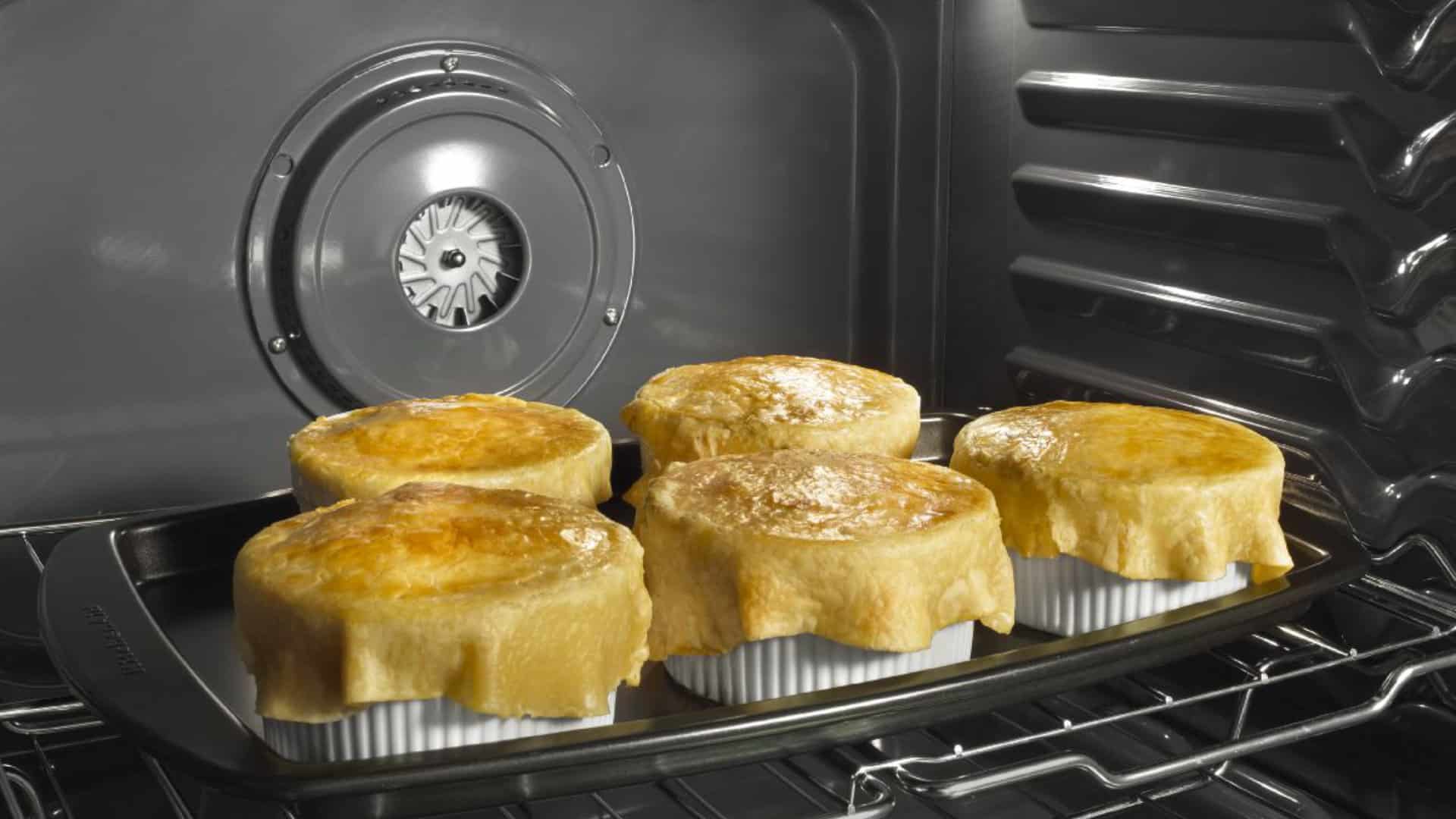
How to Fix Whirlpool Stove F9 Code

Fix Whirlpool Duet’s F20 Error Code
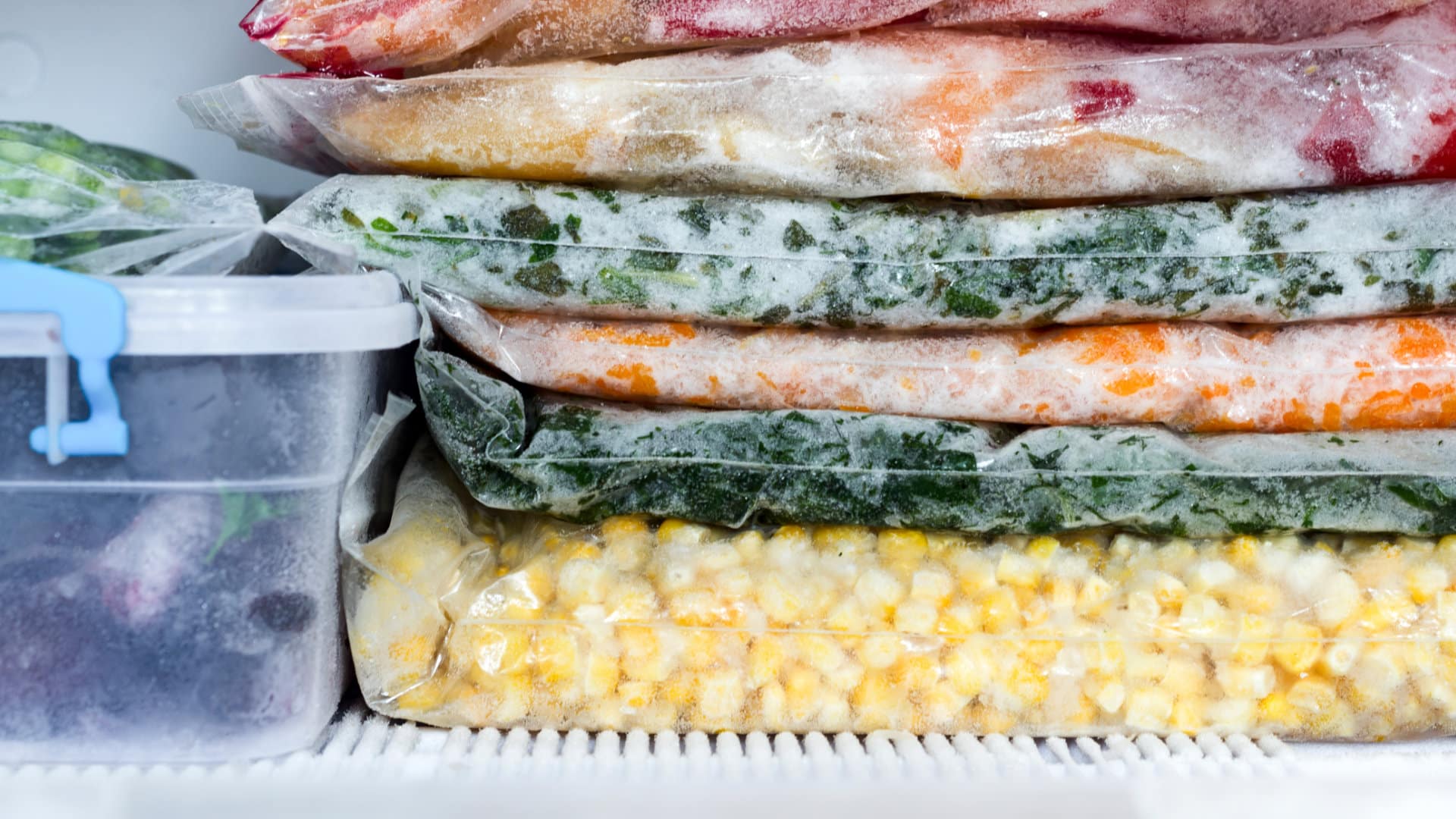
Freezer Working But Not Fridge? 5 Fixes

Speed Queen Washer Error Codes Explained

7 Reasons Why Your KitchenAid Ice Maker Isn’t Working

LG Oven F9 Error: Here’s How to Fix It

How to Replace an LG Refrigerator Air Filter
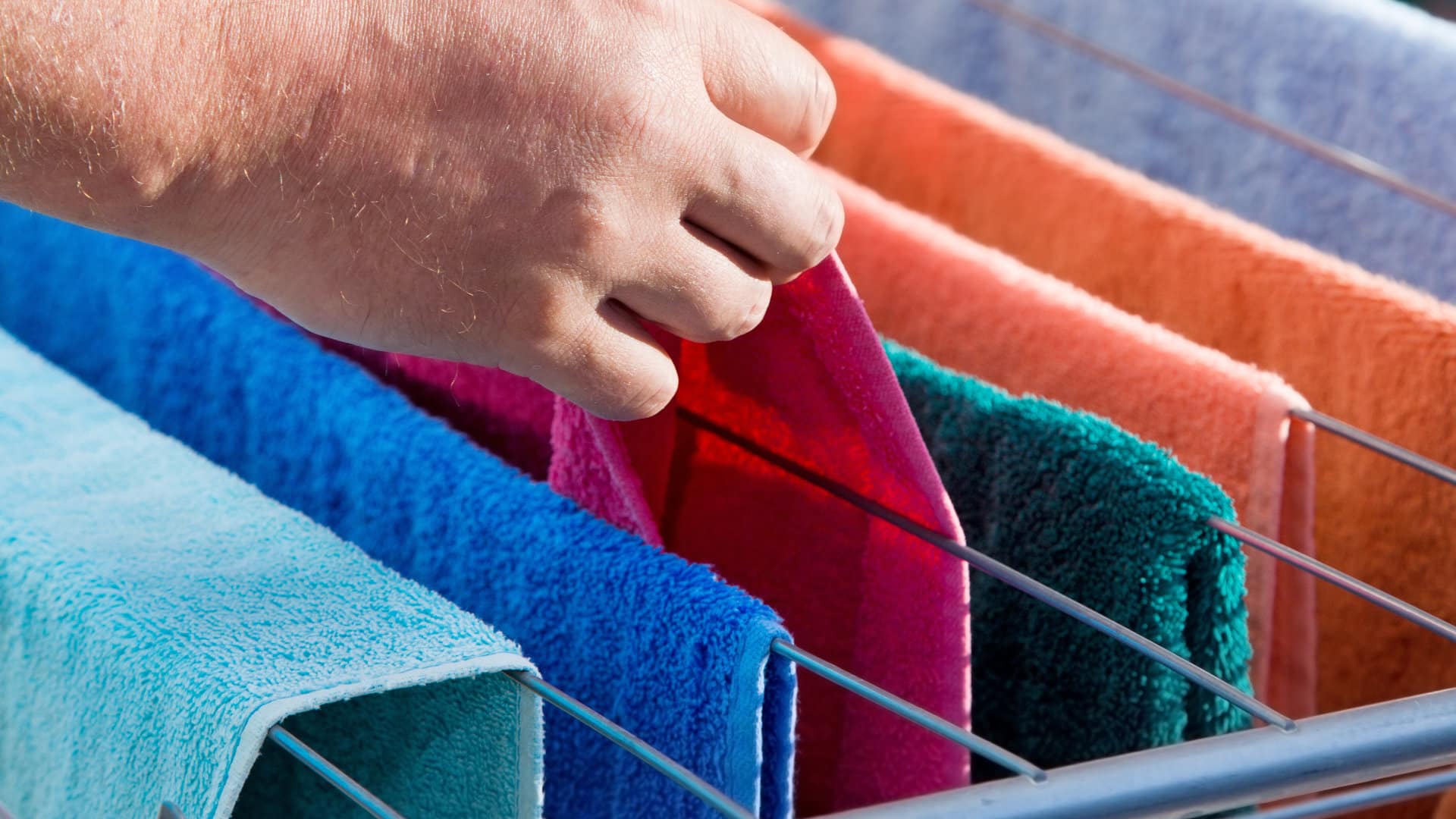
What Do Dryer Sheets Do?

How to Cook Corn on the Cob in the Microwave
